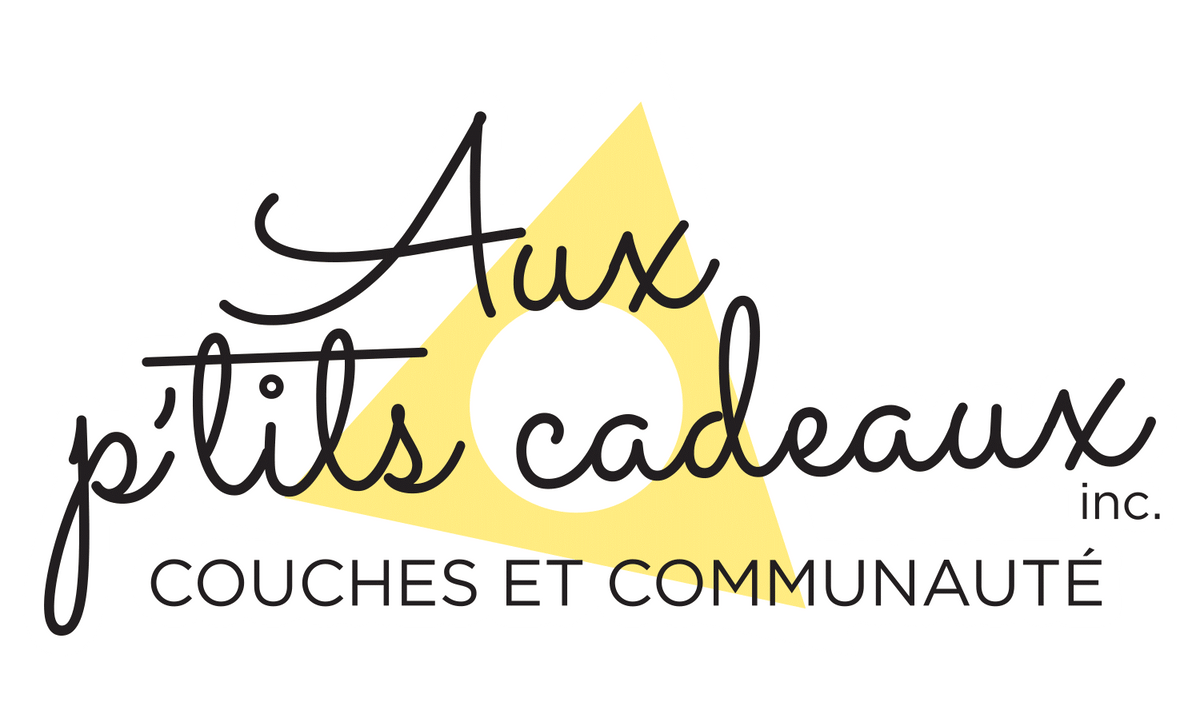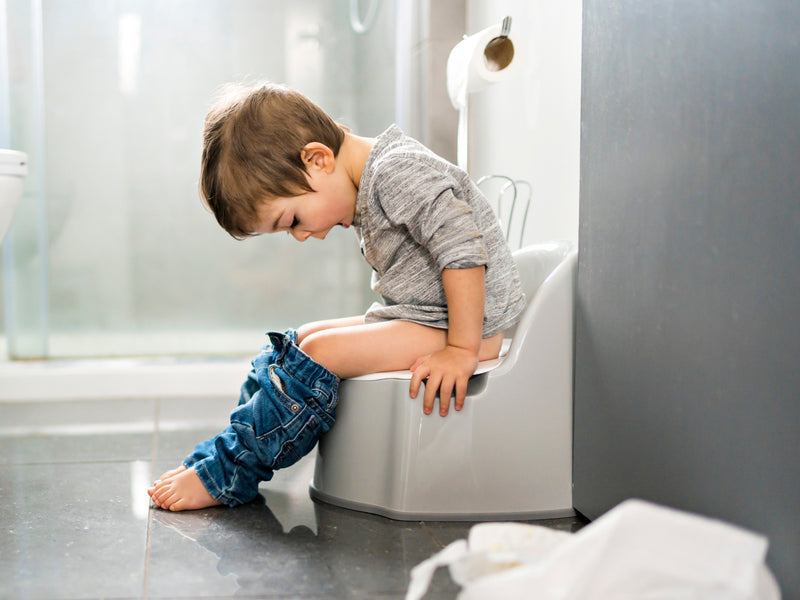
Baby teething is one of the most delicate stages in a baby's life. As much as the children do not remember anything of that moment, the parents spend days and nights thinking about how to alleviate their children's pain. In this article, we tell you the best tips to relieve a teething baby.
What is teething?
Teething refers to the biological process that causes preformed teeth to grow vertically until their complete eruption and permanent growth arrest. The mineralization of the teeth continues even after this phase, integrating with the ions contained in the saliva.
When does teething start?
Here is a time-lapse of when you can expect teething to start:
4-6 months: lower central incisors
7-8 months: maxillary central incisors
12-18 months: lateral incisors, lower first, then upper, followed shortly by first molars
18-24 months: lower and upper canines
24-30 months: second molars
What are the first signs of teething?
The first signs of teething are usually the same for all babies. The eruption of the first teeth is usually accompanied by a series of minor ailments:
Swollen gums
Copious salivation
Diarrhea
Swollen gums
Red gums are the most obvious sign of a baby tooth eruption. A few days before, you may notice that the gum line is particularly red and swollen and, in some cases, you may already see the tip of a tooth protruding from the gum.
Copious salivation
In the days before the appearance of a tooth, you may notice that your baby is drooling a little more than normal, or that he puts his hands or any object within reach in his mouth. Increased salivation is a natural reaction of the baby's body to the inflammation of the gums.
Diarrhea
It is also very common for the eruption of a tooth to be accompanied by an episode of diarrhea. You will likely notice liquid and slightly acid poop, but this is normal. It is one of the physiological consequences of teething linked to the inflammation of the gums.
Are pacifiers good for a baby?
How long does teething last for?
On average, teething lasts about 2 years, from 6 to 30 months of age. Teething normally ends around the age of 2 years and a half.
7 best baby teething comfort tips
Is your baby going through the teething stage? Don’t worry, these soothing tips will alleviate your baby’s pain:
Cold objects
Gentle gum massage
Tooth gel
Homeopathy
Refrigerated teether
Teething toys
Lemon and salvia
1. Cold food
Anything that has a cool temperature will help ease your baby’s tooth pain, so you can get creative in helping your baby with teething. Things like frozen fruits and vegetables are great to munch on. You just have to keep in mind that the pieces are big enough to prevent choking. For example, a frozen carrot can be ideal, as well as a piece of frozen banana.
Cold yogurt or cold apples can also provide welcome relief, as can a popsicle. There are also several freezable pacifiers and teethers on the market that are readily available, although some parents prefer to use a clean cloth or spoon that has been kept in the refrigerator for a couple of hours to put on the baby's red gums.
2. Gentle gum massage
Massaging your baby's gums will relieve his pain. To do this, clean your hands and wrap a washcloth soaked in cold water around your finger to gently massage your baby's gums. You can also make the baby bite the fabric, but always with caution. Another good idea is to use a soft baby toothbrush, but very gently.
3. Tooth gel
There are dental gels with anesthetic and antiseptic properties that can be easily found on the market. These reduce gum pain thanks to soothing substances. You should apply the gel to your finger with clean hands and gently massage the baby's gums.
4. Homeopathy
Homeopathy is one of the most appreciated remedies by pediatricians and by many parents since it seems to act positively against the pain associated with the first teeth. It is advisable to consult your doctor or pharmacist for more information.
5. Refrigerated teether
This is one of the most used tools by parents. Cold is a good anesthetic because it contracts the blood vessels dilated by inflammation. Giving your baby a teething ring to bite on straight from the fridge or freezer is one of the best ways to provide instant relief. The ideal ring is equipped with pads to promote tooth growth.
6. Teething toys
Many toys have been specially designed to be chewed on by newborn babies, and allow them to stimulate teeth growth. Toys that have pads and soft chewy parts are great for babies to use during playtime.
7. Lemon and salvia
Lemon and sage are great allies to reduce the inflammation of the gums and the typical salivation that comes with teething. Although in most cases children tend to reject lemon due to its acidity, it has very positive effects. Prepare a solution of lemon water and moisten a gauze pad by applying it to the affected area for a few minutes.
If the baby does not complain, you can proceed to rub the swollen gums with sage leaves that guarantee an effective anti-inflammatory action. On the other hand, you can also prepare a decoction of sage by following these simple steps:
Boil one or two tablespoons of dried sage in a container of water and let it infuse for about 15 minutes before filtering everything.
Once the decoction is ready, rinse the baby's mouth and repeat the process several times throughout the day.
When to see the doctor?
The first visit to the doctor should be when your baby is 3 years of age, which is when the milk teeth should have all come out. It may also be a good idea to schedule a visiting day since this allows children to get used to dental visits. Dentists will teach you how to clean your baby’s teeth, tell you the diet they should follow, and the intake of products that can be integrated into daily practices, such as fluorine.
What to feed a teething baby?
The teething stage is a very delicate moment in a child's life, and it is also capable of greatly influencing their diet. At this time, children are usually intolerant to some foods and their digestion is more complex, so they are more likely to enjoy food at room temperature or even cold, rather than hot.
What you have to do is prepare light dishes with a smooth but tasty consistency, so that they can satisfy the baby's appetite. This can be pureed vegetables, fruits, or creams. In the teething phase, babies can consume foods that relieve gum pain such as ice cream, yogurt, and fruit popsicles. However, milk is perhaps the most complete food, as it is capable of replacing one or more meals.




